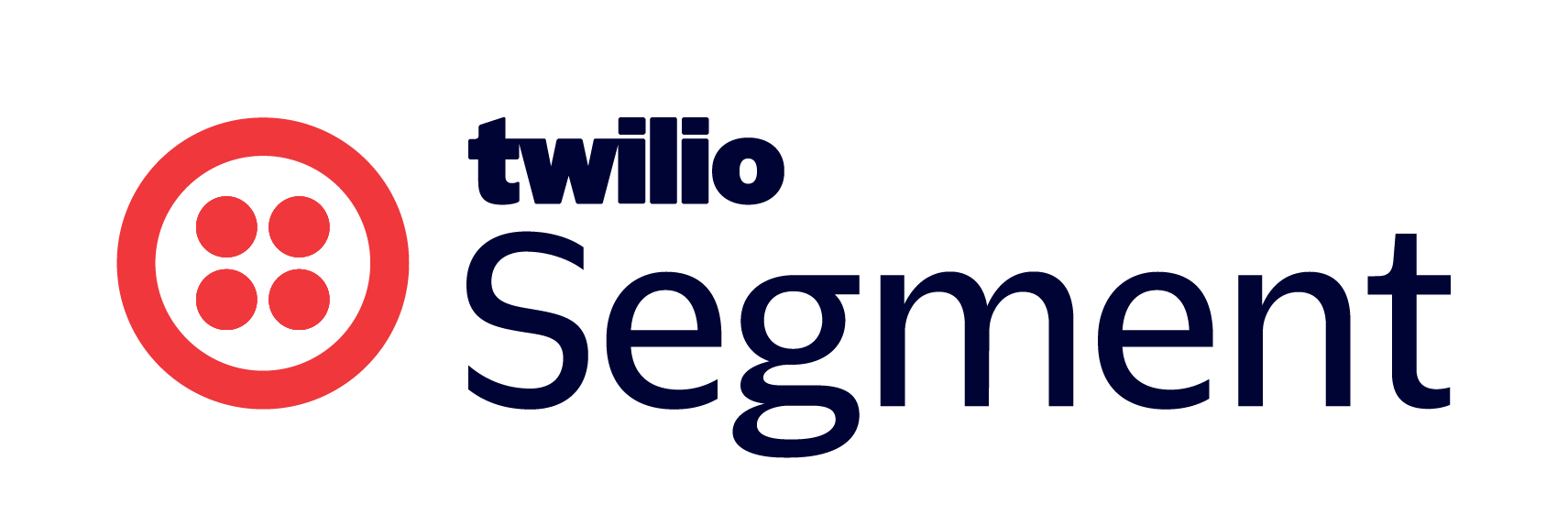Below are some common questions covered in our latest session (full recording below) on ID Resolution & Profile Integrity.
---
What would be the impact on MTUs with a lower frequency limit of an anonymous ID?
MTU calculation happens in Connections, separate from Unify
Will S3 be supported for Profile Sync?
Currently we don’t support S3
What are common use cases for creating and using Traits?
Traits are used on Identify calls but generally can be overwritten and change overtime. Think about what is likely to change for a user (i.e. customer tier: free tier to paid/business tier). Traits can be personalized for messaging and marketing. Once an identifier has been assigned, it cannot be reused.
What is ID resolution in the context of customer data management?
ID resolution is the process of linking all interactions and data points related to a single customer across various channels and platforms into one unified profile. This ensures a cohesive and personalized customer experience by understanding their behavior across different touchpoints.
What are the best practices for crafting ID resolution rules in Segment?
Best practices include ensuring rules are comprehensive and cover all potential customer touchpoints, using a consistent identifier across data sources, regularly reviewing and updating rules to adapt to new data sources or changes in customer behavior, and testing rules for accuracy before full implementation.
How can you avoid common pitfalls when setting up ID resolution rules?
To avoid common pitfalls, validate rules against a subset of real data to ensure they work as intended, avoid overly complex rules that may lead to processing delays or errors, and ensure rules are flexible enough to adapt to changes in data structure or business needs.
How can corrupted profiles be identified using Segment?
Corrupted profiles can be identified by analyzing data inconsistencies, such as multiple profiles for a single customer or conflicting information within a profile. Segment provides tools for data quality checks and profile merging capabilities to address these issues.
What are some best practices for continuous monitoring and quality assurance in ID resolution?
Continuous monitoring involves regular checks on the ID resolution process to ensure rules are being applied correctly and data is being accurately linked. Quality assurance can be maintained by implementing automated alerts for anomalies in data linking and conducting periodic reviews of ID resolution rules and outcomes.
How can businesses validate and maintain the effectiveness of their ID resolution rules in Segment?
Businesses can validate their ID resolution rules by conducting regular audits, using test data to simulate real-world scenarios, and monitoring the performance of customer profiles in marketing campaigns. Maintaining effectiveness involves updating rules in response to changes in data sources, customer behavior, or business objectives.
What are common implications of setting identifier limits that are too high or too low for your use case?
Some common implications of setting Identifier Limits too high are:
- Increased risk of inaccurate merges, or in other words merging profiles that should not be combined. Meaning a single profile inaccurately representing multiple distinct users
- Data Quality being compromised more generally, either through the first point or to tracking more identifiers than necessary and making it difficult to maintain clean and accurate profiles
As for setting limits too low:
- There could be a loss of user data, as that data could be excluded from their profile
- Being too restrictive can lead to the creation of multiple profiles for a single user, fragmenting their data across profiles which makes it difficult to achieve a unified view of the user. Also leads to increased manual effort for data/profile management
If we merge two different profiles that belongs to two different users, could we unmerge them or once they are merged there is no way around other than recreate them?
Once they are merged, there is no way to unmerge them without recreating the profiles. If two profiles are merged, we would want to take a closer look at the Unify settings as to why the merged has happened.
Is there any way to delete a profile? Example: User creates an account. User deletes the account. User creates new account with same email. At first glance it will appear that the user is duplicated but in fact the first account has been deleted. What is the recommendation for this scenario?
You can use user deletion to delete all data about the initial user.
https://segment.com/docs/privacy/user-deletion-and-suppression/
Is there a way to clear the entire Unify space? Or re-run the data ingestion from the start?
Yes, you can request a deletion through friends@segment.com and through that same channel, request a replay of data into a new space.
Can I use the Profile API on the client-side?
For security reasons, Segment requires that the Profile API only be used server-side. The Profile API allows you to look up data about any user given an identifier (for example, email, anonymousId, or userId) and an authorized access secret. While this enables powerful personalization workflows, it could also let your customers’ data fall into the wrong hands if the access secret were exposed on the client.
Instead, by creating an authenticated personalization endpoint server-side backed by the Profile API, you can serve up personalized data to your users without the risk of their information falling into the wrong hands.


